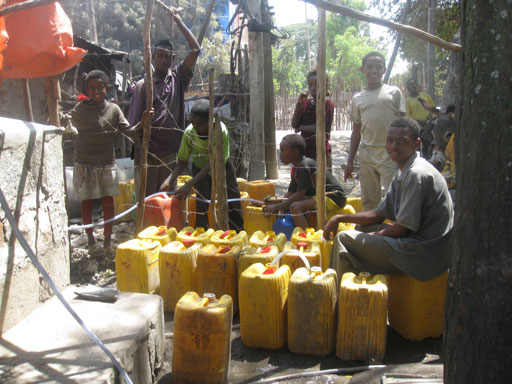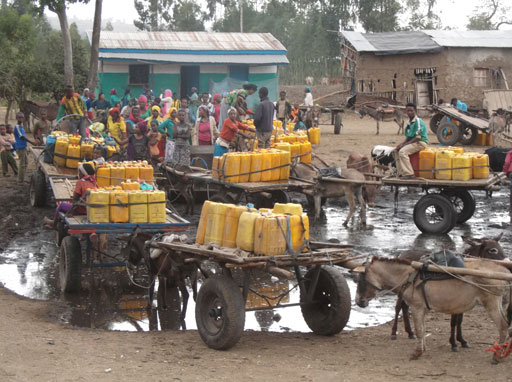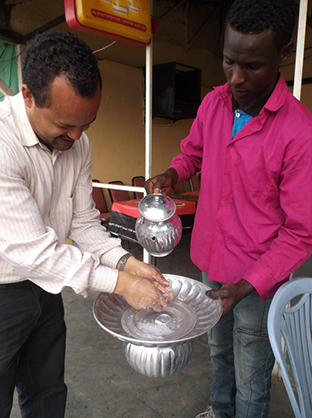10.1 Selecting priority behaviour in the WASH context
You learned in Study Session 8 how to assess and analyse behaviour within a FOAM framework. Based on the findings from such an analysis, priority behaviours can be identified. These are behaviour changes that could contribute to an improvement in the health of the target population. The purpose of identifying priority behaviours in WASH is to assist in developing a focused behaviour change communication intervention that can contribute to sustainable change in the health condition of the population. Specific behaviours related to WASH will need to be addressed at individual, household and community levels.
The behaviour change strategy would also need to identify potential target audiences for the campaign. If there are inadequate resources to address every target audience at the same time, then some will need to be prioritised. For example, you might give priority to audience groups that comprise the largest proportion of the target population, or are identified as having high public health importance, or likely to be most receptive to communication messages.
Some key WASH related priority behaviours, and suggested target audiences, are presented in Table 10.1. These are just a few examples. In practice there are many other possible priority behaviours depending on the situation. You should select appropriate priority behaviours and target audiences based on a situation analysis for the community in which you are working.
| Key WASH component | Priority behaviour | Target audience |
| Safe drinking water | Keep water safe at source of supply | Private water vendors Public stand pipe attendants People who collect water from protected springs and wells People who sell from their own wells |
| Always transport water in closed containers | Women, men, children in homes without pipe connection | |
| Cover drinking water container at all times | All residents | |
| Fetch drinking water in a manner that does not put hands/fingers into drinking water, i.e. tap, long-handled ladle | All residents | |
| Place drinking water container on a raised surface out of reach of small children | All residents | |
| Use proven, effective methods to purify drinking water, i.e. boiling, purification tablets/sachets, filtration, solar heating | All residents | |
| Clean containers used for transportation and storage of drinking water at least once a week | All residents | |
| Latrine use | Use a latrine at all times (including for disposal of child faeces) and do not use open defecation | All residents including those living in compound houses, in peri-urban areas, parents, guardians and carers of children under five years, carers of elderly or disabled residents |
| Dispose of solid waste generated at home safely | All residents | |
| Other home practices | Wash hands with soap and air dry at the five critical times, i.e. before eating, after handling child‘s faeces, before preparing food, before feeding a child, and after defecating | All residents, but especially parents, guardians and carers of children under five years, school children and anyone handling food |
| Sweep the house and surroundings daily and dispose of the sweepings in a designated place | All residents | |
Cook food well Wash vegetables well in brine (salt water) Wash all utensils, containers, surfaces before preparing meat Do not use the same surface for cutting meat and vegetables | Food vendors, restaurant owners, women, men, children | |
| Clean yourself with adequate water and soap regularly | All residents |
Some of these priority behaviours are illustrated in Figures 10.1 to 10.4.




Learning Outcomes for Study Session 10
